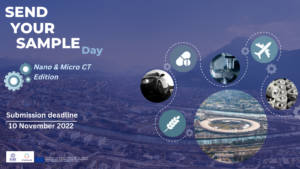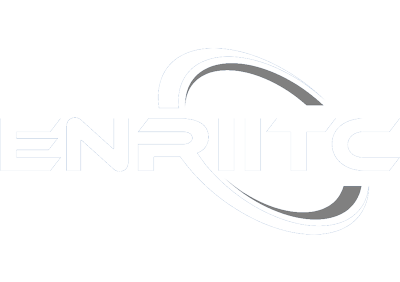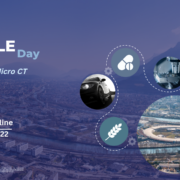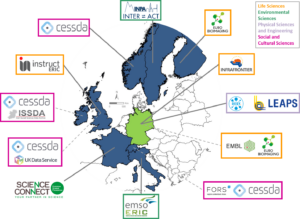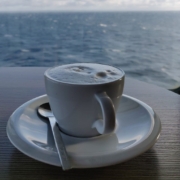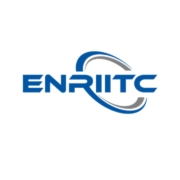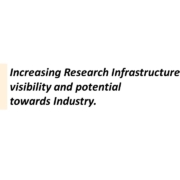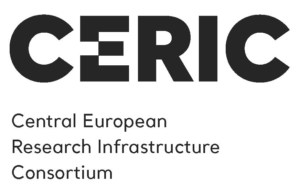Innovation is created from the interaction and collaboration between science and business. Companies need support and simpler access to the opportunities for collaborations with Research Infrastructures (RIs). The ENRIITC project has built a pan-European network of national Industrial Liaison Officers and Industrial Contact Officers at Research Infrastructures (ILOs and ICOs). The establishment of a formal network will enable industry to become a full partner of RIs whether as a user, supplier, or co-creator.
ENRIITC supports the establishment of strategic, cross-border partnerships between industry and research infrastructures. A key instrumental milestone would be the establishment of a formal and sustainable hub supporting the new pan-European ICO and ILO network.
The core activity of the hub is to provide training activities, a repository of information and best practices, support for ICOs/ILOs. The hub should also host an interaction platform for ILOs and ICOs to discuss and optimize their engagement with industry and facilitate the flow of requests from companies. The knowledge from ENRIITC and other relevant projects will be hosted in the repository accessible to ILOs and ICOs and the content will continuously be improved and matured based on the experiences of the network participants.
The consolidation of a pan-European ICO and ILO network relies on the formation of the central “Innovation and Industry Services Central Support Hub”. This will be the centre of a hub-and-spoke network to support ICOs and ILOs in building fruitful relationships and exploiting the RIs innovation potential.
Here below a list of the missions that the proposed pan-European “Innovation and Industry Services Central Support Hub” will have.
- Define and update the training path and opportunities for ICOs and ILOs;
- Offer an exchange platform for collaboration between ILOs/ILOs on innovation;
- Coordinate the support offer provided to ICOs and ILOs;
- Offering a regular source of RI innovation success stories to complement those on RI scientific achievements, and operate an identity for ILOs and ICOs towards other European entities;
- Coordinate a network level approach with other pan-European entities, such as:
- EIT, for building new partnerships with industry and aligning the policy with the needs of industry;
- EIROFORUM, for coordinating industry aspects of Big Science facilities;
- BSBF International Organising Committee, for collaboration and communication about the Big Science Business Forum event;
- EOSC DIH, for being aligned with the actions taken to facilitate industry in finding useful services at EOSC level.

Key stakeholders in the hub
Industry Contact Officers (ICO) are research infrastructure staff in charge of developing business relations with all potential industrial suppliers of innovative components or services as well as encouraging the economical use of their facility by private players.
Industry Liaison Officers (ILO) are generally officially appointed by the Member States and Associated Countries to stimulate the collaboration among the national industry and the international research infrastructures, providing advice on business opportunities, R&D collaborations, calls for tenders and industrial services.
PERIIA (www.periia.eu) is the informal association of individuals that are nationally appointed Industrial Liaison Officer (ILO) or Purchasing Advisor (PA) to any of the European Big Science Organisations, such as ESO, ESS, ESA, F4E/ITER, CERN, ESRF, XFEL, EMBL, and ILL. The PERIIA board (7 persons) is elected at a General Assembly typically convened during the Big Science Business Forum or the ITER Business Forum. The PERIIA board is proposed as the governing body for the industrial supplier aspects of the hub.
RI board is a new governance structure that should represent the group of ESFRI RIs, non-ESFRI transnational RIs and national RIs that are connected to the hub. The detailed role, members and governance model of the board should be defined in a dialogue with the RIs. The board is proposed as the governing body for the industrial user aspects of the hub.
Read more about ENRIITC Deliverable 3.1 here.
